First, the tornado. Then, the invasive plants. How can Cherokee Park bloom again?
I walked Wildflower Woods Trail in Cherokee Park with Liz Mortenson Winlock in early March. She is the director of natural areas for Olmsted Parks Conservancy. The trees were still bare, but wildflowers peeked through the leaf litter. Mortenson Winlock named the ones we saw along the way — Mayapples, Dutchman’s breeches and trout lilies. “Sorry,” She said, the delight in her voice evident. “This is the peril of walking with me.” But she's earned this wildflower treat. She's been part of the effort to bring the forest floor back to life since college.
A tuliptree (also known as a tulip poplar) stands at the edge of the trail as a testament to what might have been had a tornado not decimated Cherokee Park 50 years ago. It’s one of the few remaining mature trees that withstood the force of the F4 tornado that ripped through Louisville on April 3, 1974.
The park should be filled with mature old-growth trees as well as native wildflowers, but instead, it’s filled with what Mortenson Winlock calls “young whippersnapper tree species” — young, skinny trees, the vast majority being sugar maples, beech and black cherry. There's also a consistent effort to weed out invasive species so they don't take over and dominate the forest floor. “What it tells us,” she said, “is that it's still a forest trying to recover.”
The park has come a long way in 50 years, but to restore and maintain the health of the park takes time, effort and resources and everyone has to do their part. Recovery goes beyond the impact of a natural disaster. It's understanding that humans also had their hands in the demise of Cherokee Park.
The one-two punch that took out Cherokee Park
What happened to Cherokee Park after the tornado hit is a long lesson on the negative impact of invasive species. To understand why, we have to back up to when Cochran Tunnel was built as part of Interstate 64 in 1970. Public outcry prevented the highway from cutting straight through Cherokee Park. So, digging a tunnel beneath it was the compromise.
Stansbury Park near U of L: Does it really need another design plan? The last one didn't get done.
Following construction, fast-growing, highly invasive bush honeysuckle were planted to stabilize the slopes. Planting without ecological consideration for the surrounding woodlands proved to be short-sighted and added another layer of struggle for the park.
Cochran’s Tunnel, followed by the tornado, was the one-two punch that took the park down. The tornado removed 80% of the mature tree canopy from the 409 acres that make up Cherokee Park, essentially decapitating the forest. After the initial cleanup, the woodland floor suddenly had sunlight and space, creating a free-for-all for every seed lying dormant in the dirt.
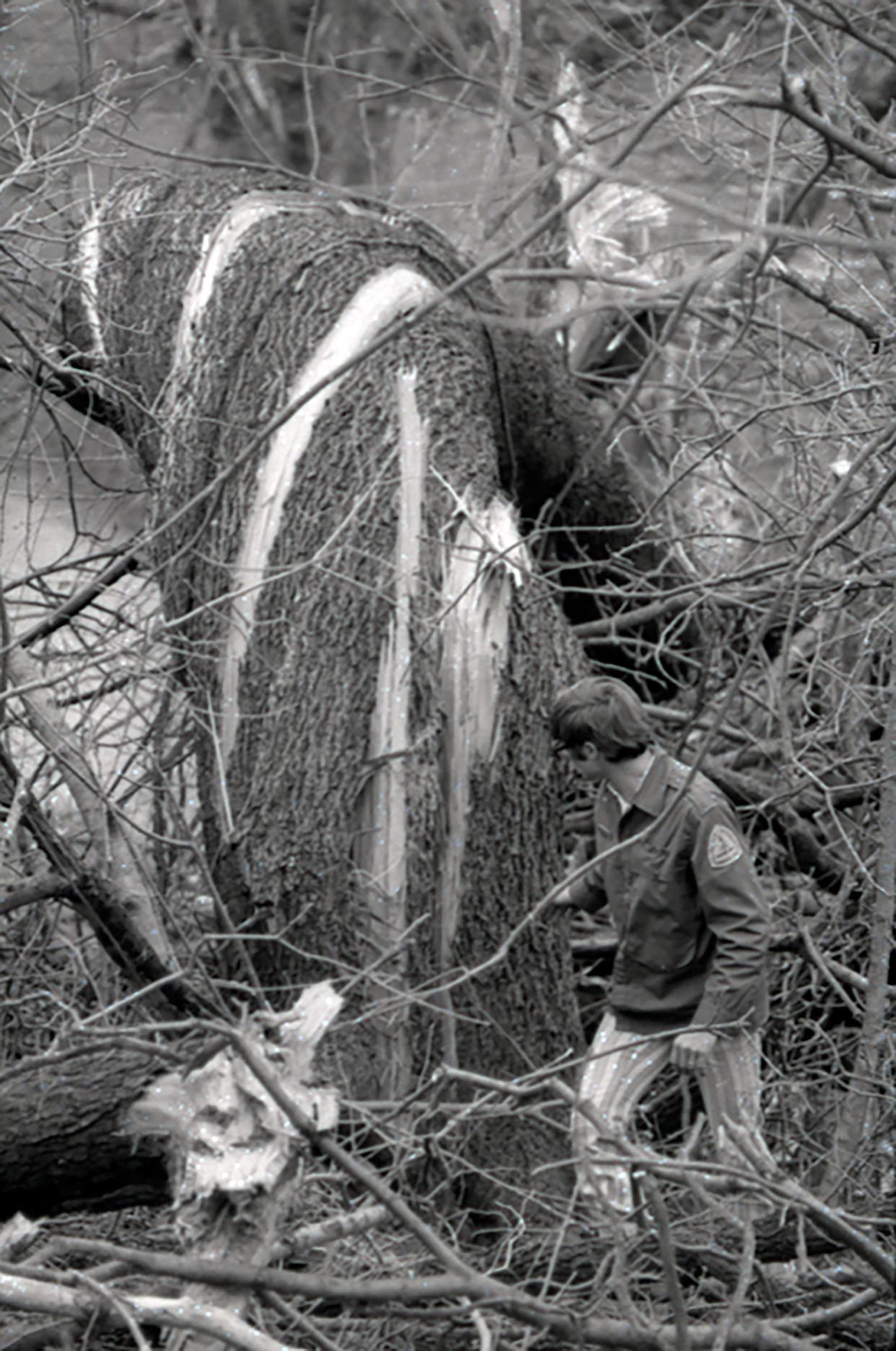
Native species had to compete with invasive species for resources, pitting wildflowers against the bush honeysuckle that now had years to establish and spread its seed. Spoiler alert: The honeysuckle won, and for years, the park lay dead, being consumed by invasive plant species.
It would take generations to revive the park
Before the tornado, Shawn Fields Williams, who is now the Executive Director of the Old Louisville neighborhood council and active in supporting Olmsted Parks, remembers spending many days as a child with her family at Cherokee Park. Her family cooked breakfast on a park grill and then stayed the day to relax and play.
Fields Williams was 16 years old when the tornado came through. “I was absolutely horrified that the park was gone,” she told me on the phone. It still makes her emotional today to think about it. She grew up in that park. “You can fix telephone poles and houses,” she said, but trees? “I knew it was going to take generations for all that to come back.”
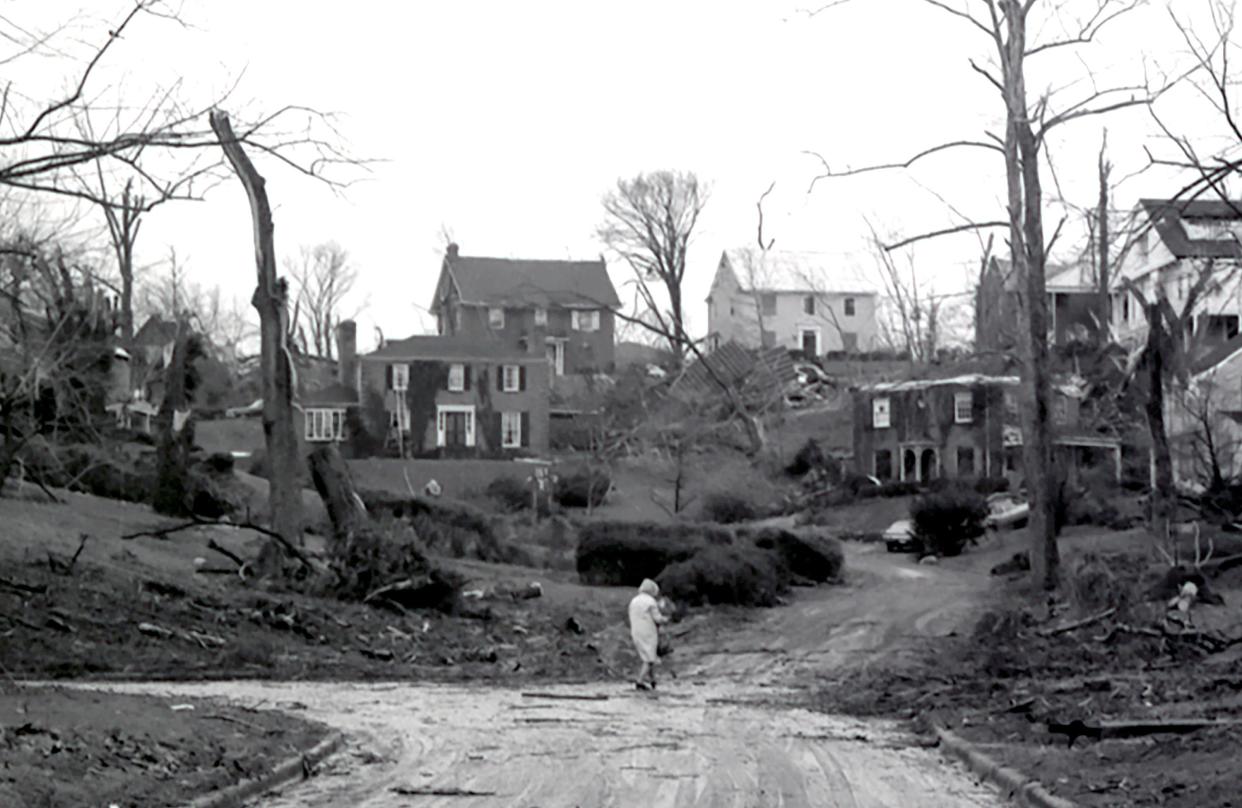
It was this concern that prompted community members to get involved. Residents examined historic documents and maps. Replanting efforts began without a strategy or real understanding of which species would grow best and where. The grass-roots effort eventually organized, calling themselves “The Friends of Olmsted Parks,” but volunteer groups could only do so much. Cherokee Park needed a full-time crew that had the ecological know-how and resources for their desired intentional long-term effect while working alongside good stewards of the park. These community efforts are what later evolved to solidify Olmsted Parks Conservancy in 1989 with the help of Louisville’s Mayor Jerry Abramson.
Eradicating Cherokee Park's invasive species
Years before Mortenson Winlock was the director of natural areas for Olmsted Parks Conservancy, she was a U of L intern and then one of the Conservancy's first paid staff members in the early 2000s. By then, the Cochran Tunnel honeysuckle had infiltrated and taken over the forest. “You couldn't see into the woods,” she said. “There was no sunlight reaching the forest floor to help these ephemerals grow.”
Mortenson Winlock had crawled on her hands and knees through the woods, using a handsaw to cut honeysuckle and apply herbicide. The hope was to create opportunity for native plants to come back. Trees were planted purposefully, but for the herbaceous layer, they could only wait and see which native wildflowers would pop back up.
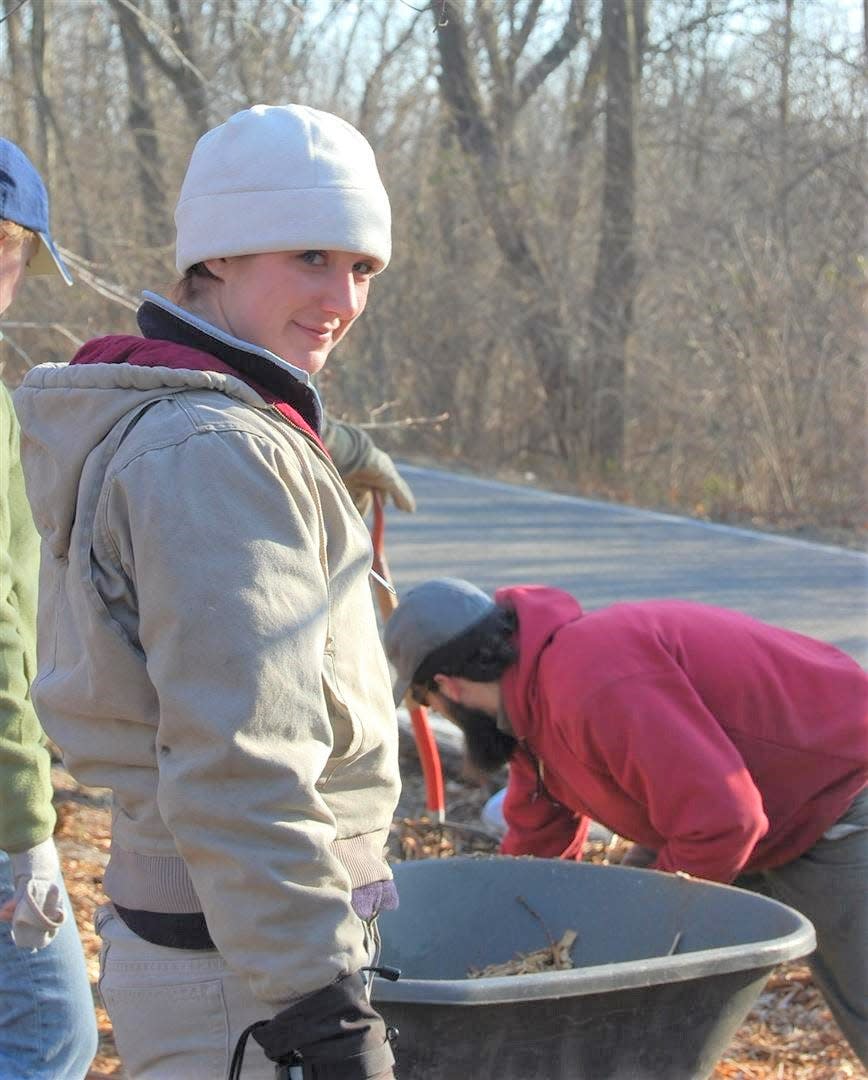
Park staff will never be able to remove every single invasive species. The damage can't be undone, and we're not just talking about bush honeysuckle. Groundcover sold at garden centers find their way into wild spaces and creeping buttercup might look pretty as it blooms in the forest, but it really shouldn't be there. Invasive plants have to be removed, but people also have to be mindful of what they plant in their gardens. "It's a harm reduction standpoint, "Mortenson Winlock said, "we're just trying to figure out how we can get things back into balance."
Before the tornado, people took for granted how much nature Louisville had access to and how healthy it was. When Louisville lost a park, there was immense grief and a natural urban space the size of Cherokee Park doesn't just bounce back on its own. The twister left an intensely damaged ecological system.
‘There’s a tornado coming!’ Tracing the scars of Louisville’s F4 twister, 50 years later
After graduate school, Mortenson Winlock returned to Olmsted Parks Conservancy in 2021. She said it was amazing coming back and realizing how long-lasting actions can be.
Louisville must remain good stewards and protect its parks
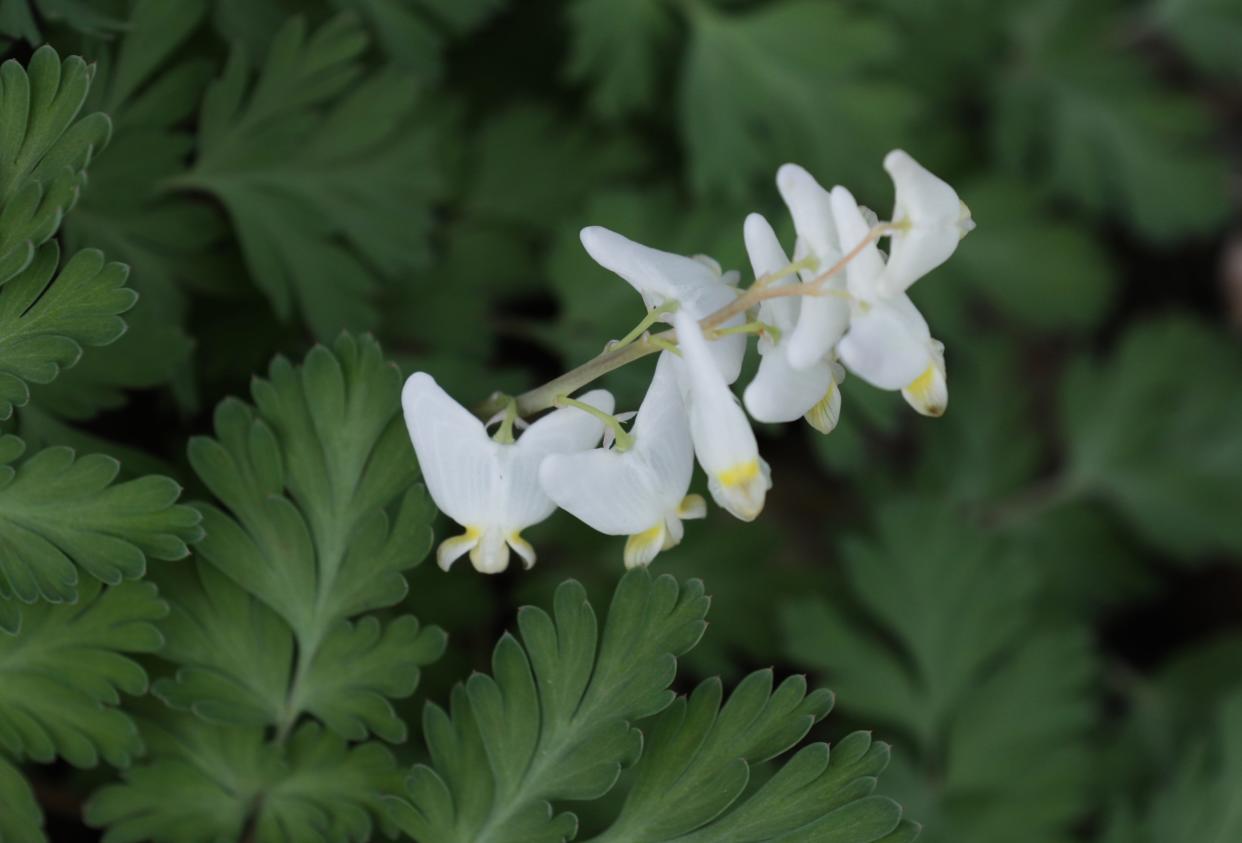
The lesson in all of this is that we must remain good stewards and keep investing in Louisville’s green spaces so they are healthy and thriving. Even if you don’t have a direct hand in maintaining the park, one big way you can help is to not plant invasive species in your garden. They are sold at box store garden centers and we have to be more deliberate with our purchases. Seeds travel with wind and wildlife.
Native wildflowers are popping up where Mortenson Winlock once removed honeysuckle and it makes her so happy to see. “All of these little spring ephemerals,” she said motioning around her, “really blow us away.” Their seeds have been here all along, lying and waiting for the right conditions to make their Cherokee Park comeback.
“I can understand the impact of this biodiversity now, and how rare it is in the middle of a very urban space to have access to the amount of wildflowers and plants that are growing here,” she beamed, “Especially given the fact that 50 years ago it was decimated.”
A 50-year remembrance event of the 1974 tornado will happen at 2 p.m. on Sunday, April 14, at Crescent Hill Baptist Church.
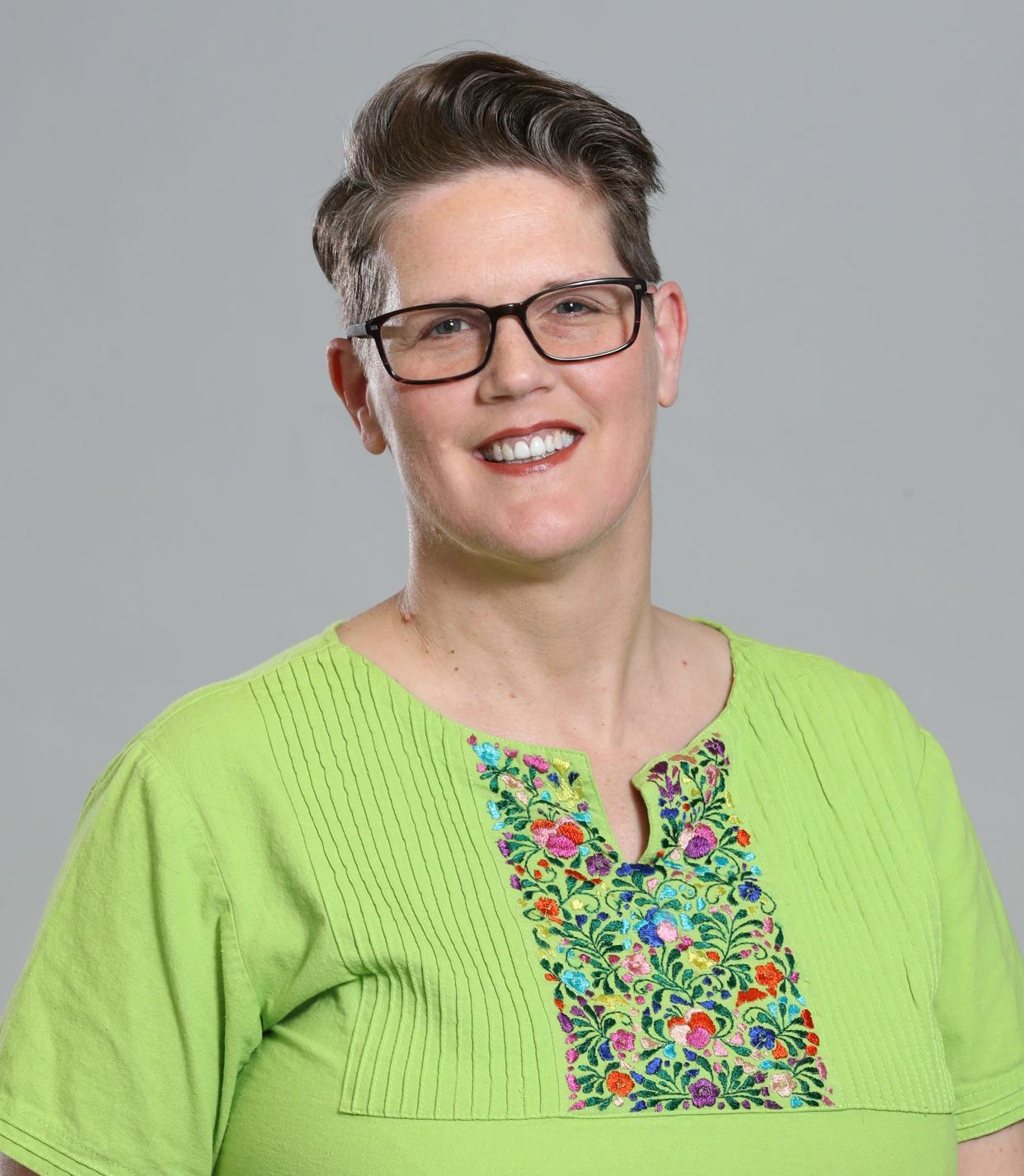
Bonnie Jean Feldkamp is the opinion editor for The Louisville Courier Journal. She can be reached via email at BFeldkamp@Gannett.com or on social media @WriterBonnie.
This article originally appeared on Louisville Courier Journal: Louisville’s 1974 tornado planted lesson on invasive species
